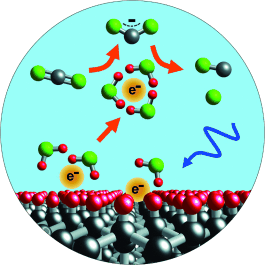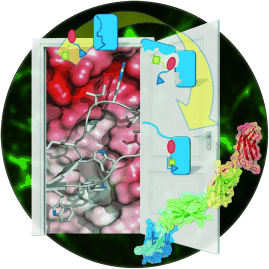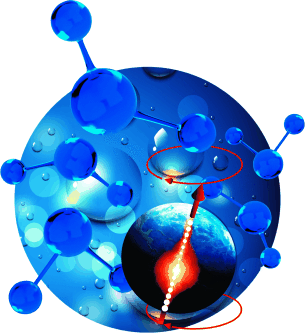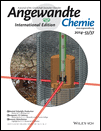Cover Picture: Ultra-Low-Field NMR Relaxation and Diffusion Measurements Using an Optical Magnetometer (Angew. Chem. Int. Ed. 37/2014)
Graphical Abstract
An optical magnetometer used for making ultra-low-field NMR measurements of relaxation and diffusion has the chemical sensitivity required to distinguish between hydrocarbons and water in Earth's magnetic field (0.5 G). P. J. Ganssle, A. Pines et al. describe in their Communication on page 9766 ff., this important proof-of-concept for the commercial applicability of these robust, portable NMR sensors, particularly in the context of oil-well logging.

An optical magnetometer used for making ultra-low-field NMR measurements of relaxation and diffusion has the chemical sensitivity required to distinguish between hydrocarbons and water in Earth's magnetic field (0.5 G). P. J. Ganssle, A. Pines et al. describe in their Communication on page 9766 ff., this important proof-of-concept for the commercial applicability of these robust, portable NMR sensors, particularly in the context of oil-well logging.
Photochemistry
The efficient and selective reduction of CO2 to CO using solvated electrons, generated by illumination of inexpensive diamond substrates with UV light, is described by R. J. Hamers and co-workers in their Communication on page 9746 ff.1

Protein–Protein Interactions
An unusual protein–protein interaction is described by J. Y. Suh and co-workers in their Communication on page 9784 ff. The binding of an aptide to fibronectin extradomain B involves partial unfolding to expose the binding surface.1

High-Pressure NMR Spectroscopy
W. H. Casey and co-workers describe in their Communication on page 9788 ff. a simple NMR probe that allows analysis at geochemical pressures. A wide variety of NMR-active nuclei can be measured with as little as 10 μL of sample.1





